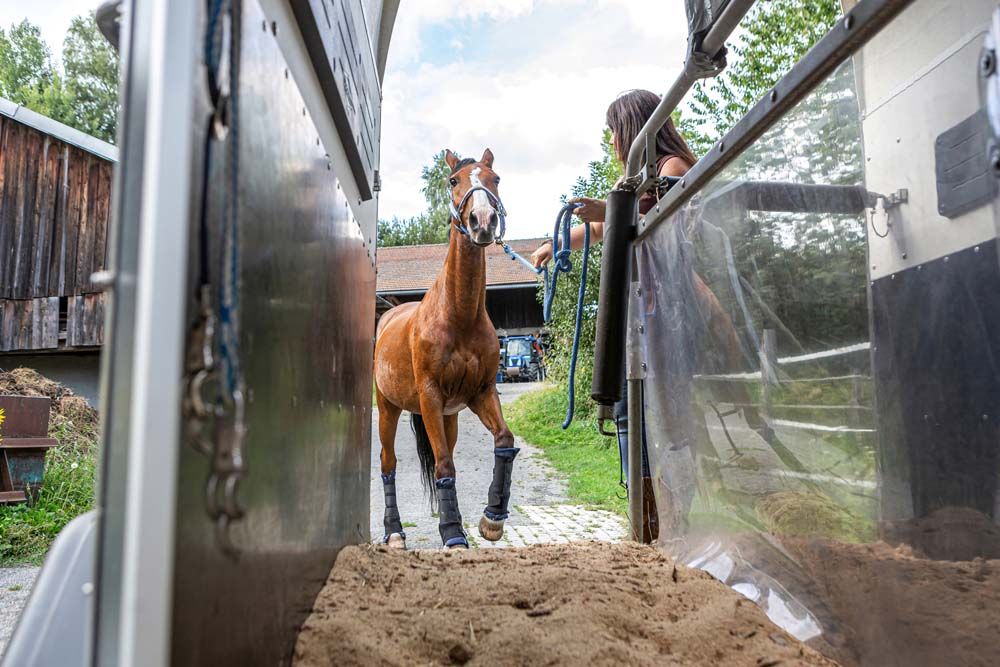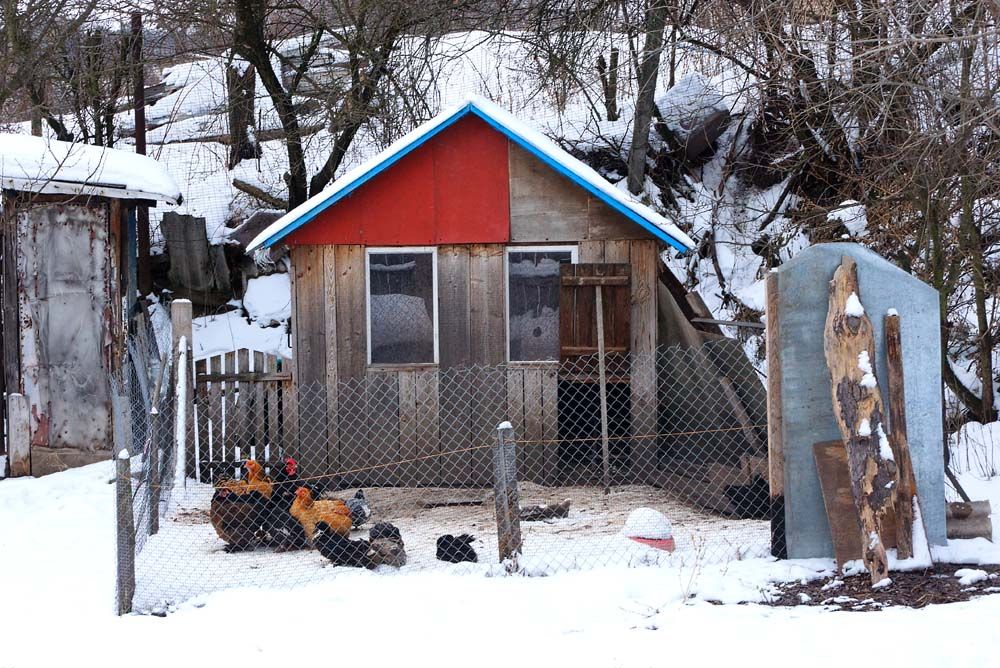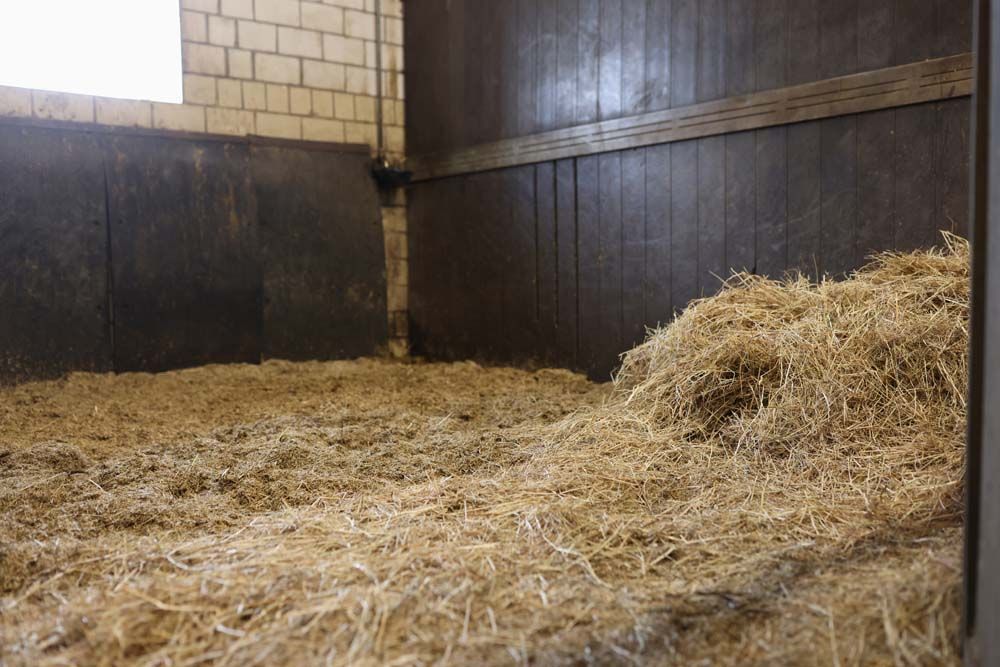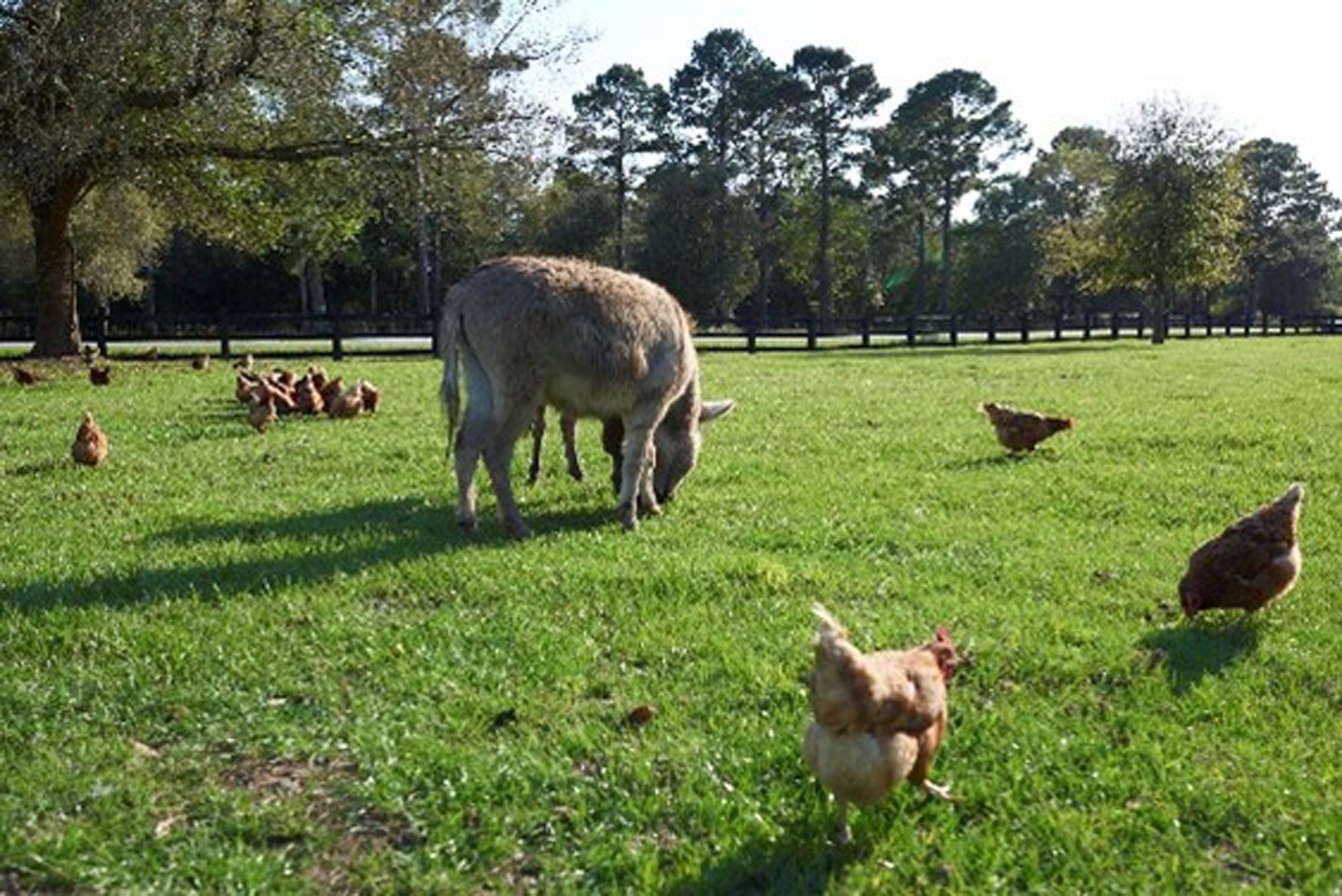7 Steps to Catching a Bee Swarm
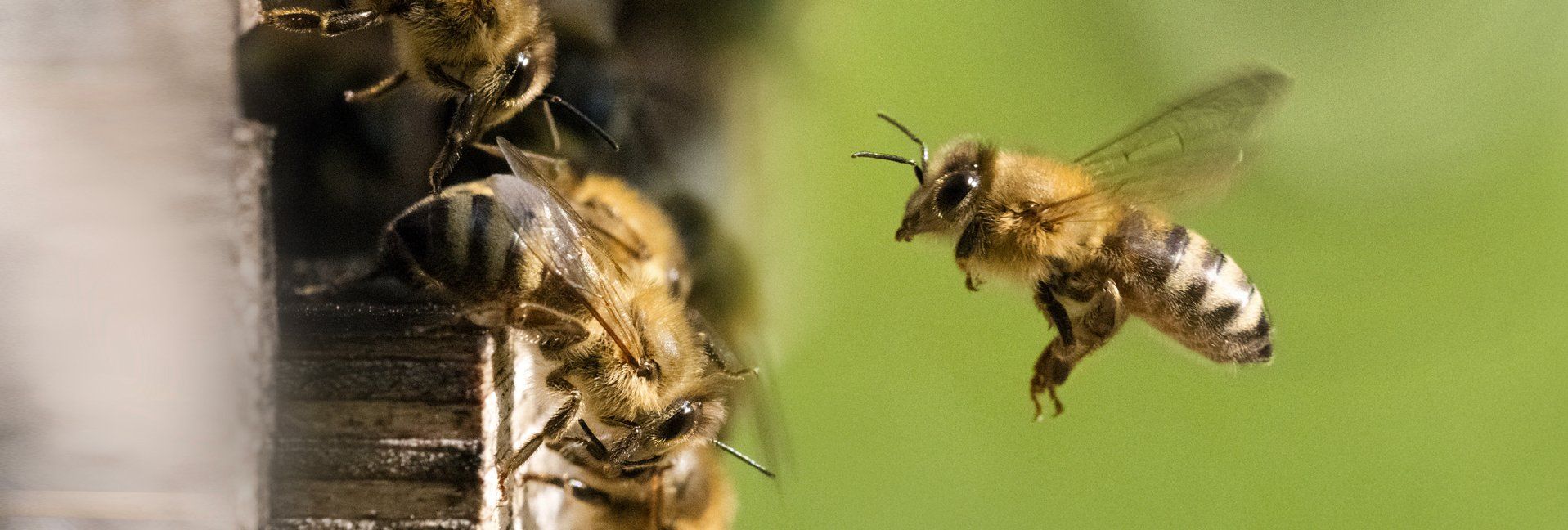

A bee swarm!
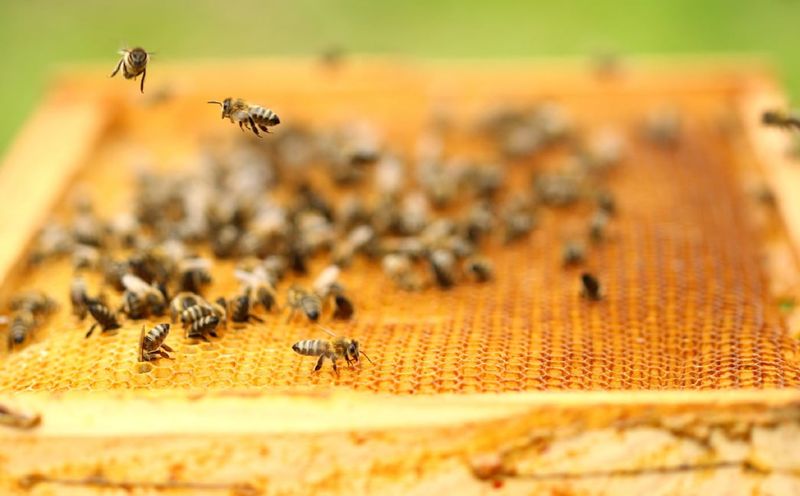
To non-beekeepers, it’s a frightening mental image of thousands of angry bees in a wild pack, bent on stinging anyone in their path. But beekeepers know that this cliché isn’t accurate. Swarming bees aren’t out to attack people—they’re out to find a new home, and there’s a brief chance that the beekeeper may be able to recapture those lost bees.
As bold and daring as catching loose bees may sound, it can actually be a viable option for beekeepers with a little bit of experience. Be brave and give it a try.
1 Don’t let it happen in the first place
It’s important to understand how and why bees swarm (because if you can prevent it from happening, you won’t even have to read steps 2 through 7).
In short, bees tend to swarm when the hive is becoming overly crowded or when the current queen is aging. You can sometimes predict that the bees are planning a swarm if you begin to spot a lot of queen cells (special cells where a new queen is reared) being built near the lower portions of the frames in your hive. (Note: it’s normal for a colony to maintain a handful of vacant queen cells, to be used in the event of the queen’s sudden demise.)
To protect against swarming, make sure you your colony has enough room to grow. This usually means adding additional space to your hive, preferably before it’s needed. Don’t underestimate how quickly a hive can fill up during a busy summer when they’re harvesting nectar and cycles of eggs and brood are growing up into worker bees. Keep a regular watch on your hive and add supers (additional boxes for honey storage) before the colony becomes too crowded.
However, even with care, swarms can happen, so here are some general guidelines for getting your bees back. (As always, exercise caution and care to ensure that you have a safe experience.)
2 Locate the swarm
When a swarm first occurs, the scene is fairly chaotic, with a great many bees zooming around the area in large circles. These initial moments are the ideal time to spot a swarm; the later you come in on the action, the more difficult it will be to find the bees.
Watch carefully, and you’ll eventually see the circles becoming smaller and smaller as the bees hone in on one area, probably on a nearby tree branch or similar object. This process is quite amazing to observe; as the bees will begin to cling to each other and form a living mass centered around the branch. It is this mass of bees that you have a chance of recapturing.
Keep in mind that clinging to a branch is only a temporary solution for the bees—scout bees will be out and about, looking for a new potential hive for the colony to call home. It can take a few hours (or occasionally a day or two) for the scout bees to discover a new location, and once the entire colony takes off for its new home, your chances of finding them again diminish greatly, so you need to act fast at this point.
3 Examine the swarm
First, you need to determine if you can even reach the swarm. As long as the swarm is within easy reach (or accessible with a stepladder), you might be in luck. Next: is the swarm sitting on a branch that is small enough to cut? Or can you shake the branch? Or is the swarm on something more substantial that is too thick to cut or move?
4 Prepare your equipment
Bees that are in a “swarming” mindset are not necessarily thinking about “protecting the hive,” so they should be pretty calm while waiting on the branch. That said, it’s still wise to wear a complete bee suit and veil while capturing a swarm. You can never truly be sure how the bees will react under these circumstances, and the added protection can give you extra peace of mind and confidence while you work.
Additionally, you’ll need a large white sheet, a large cardboard box with flaps, your bee brush, and a spray bottle of sugar syrup. Depending on where the swarm is, you might need a small hand saw or branch loppers, and a stepladder.
5 Capture the swarm!
Now, spread out the white sheet beneath the general area of the swarm, and then spray the swarm mass with some of the sugar syrup to help hold the bees into one group. Next, try to maneuver the swarm into your large cardboard box. Depending on the situation, you might try cutting off the branch and gently setting it in the box, or you could try shaking the swarm off the branch with a quick snapping shake. If the object they are attached to is solid, you may have to resort to carefully brushing the bees into your box.
6 Catch the extras
Obviously, none of these methods are perfectly precise, and you won’t be able to capture every single bee. This is where the white sheet comes into play. Place your cardboard box with flaps slightly ajar on top of the sheet. With any luck, the queen bee will be inside the box along with the majority of the swarm, and the loose bees will begin to find their way towards their queen. Worker bees may release their homing pheromone to help. With the white sheet helping to keep the loose bees from getting lost in the grass, they will hopefully climb up into the box, too.
7 Install them in a hive
Finally, install the newly caught swarm into a vacant bee hive (similar to the way you would install a new package of bees).
Congratulations—you’ve successfully captured a bee swarm!
Tags:Country Critters

Acreage Life is part of the Catalyst Communications Network publication family.







